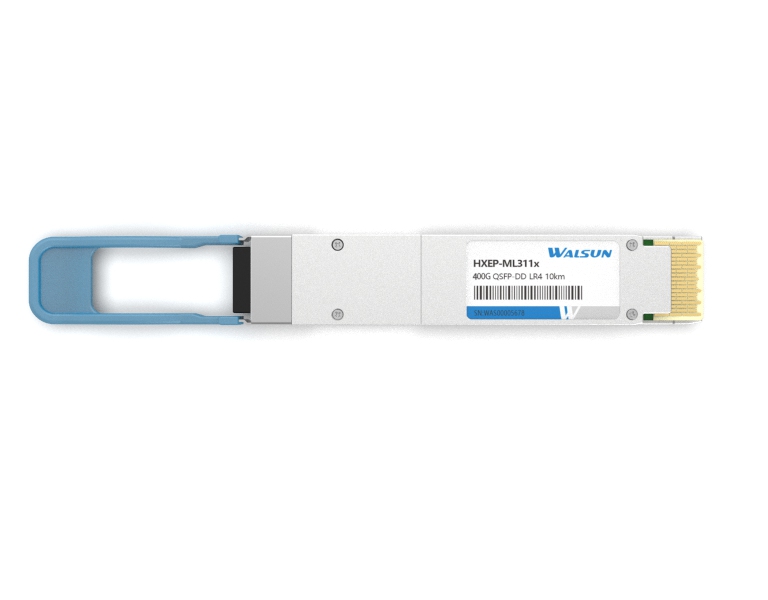PRODUCTS

- The main difference between QSFP and QSFP+ lies in their data transmission speed. QSFP (Quad Small Form-Factor Pluggable) is capable of transmitting data at a rate of up to 40Gbps, while QSFP+ can transmit data at a rate of up to 56Gbps. Additionally, QSFP+ has a higher port density and is backwards compatible with QSFP, allowing it to support higher speeds while also being able to work with older

- QSFP 40G (Quad Small Form-factor Pluggable 40G) is a compact, hot-pluggable transceiver used for high-speed data communication applications. It supports data rates of up to 40 gigabits per second and is commonly used in networking equipment such as switches, routers, and network interface cards. QSFP 40G transceivers are designed to be interoperable with existing 10G transceivers and are used in d

- QSFP (Quad Small Form-factor Pluggable) connector is a high-speed, compact, hot-pluggable optical transceiver module used for data communication applications. It is designed to transmit and receive data at very high speeds, typically used in high-performance computing, data centers, and telecommunications networks. The QSFP connector is capable of handling data rates of up to 40 Gbps or more, and

- The main difference between QSFP+ and QSFP56 is their data transmission rate and power consumption.QSFP+ (Quad Small Form-factor Pluggable Plus) is capable of transmitting data at a rate of up to 40 Gbps over a multi-mode fiber or copper cable, and up to 4x10 Gbps over a single-mode fiber. It has a power consumption of around 3.5W per port.QSFP56, on the other hand, is capable of transmitting data

- QSFP (Quad Small Form-factor Pluggable) and SFP (Small Form-factor Pluggable) are both types of optical transceivers used in high-speed data communications, but they differ in terms of their size, speed, and applications.1. Size: - QSFP transceivers are larger than SFP transceivers. QSFP modules are about four times the size of SFP modules, allowing them to accommodate more transceiver elements in1672


 CHS
CHS Walsun Mall
Walsun Mall










